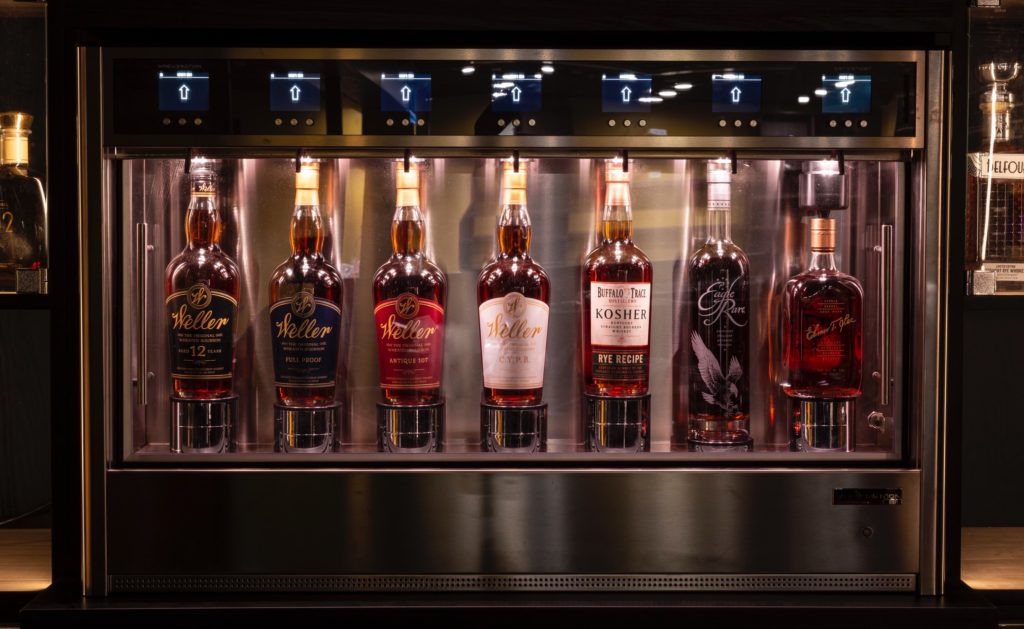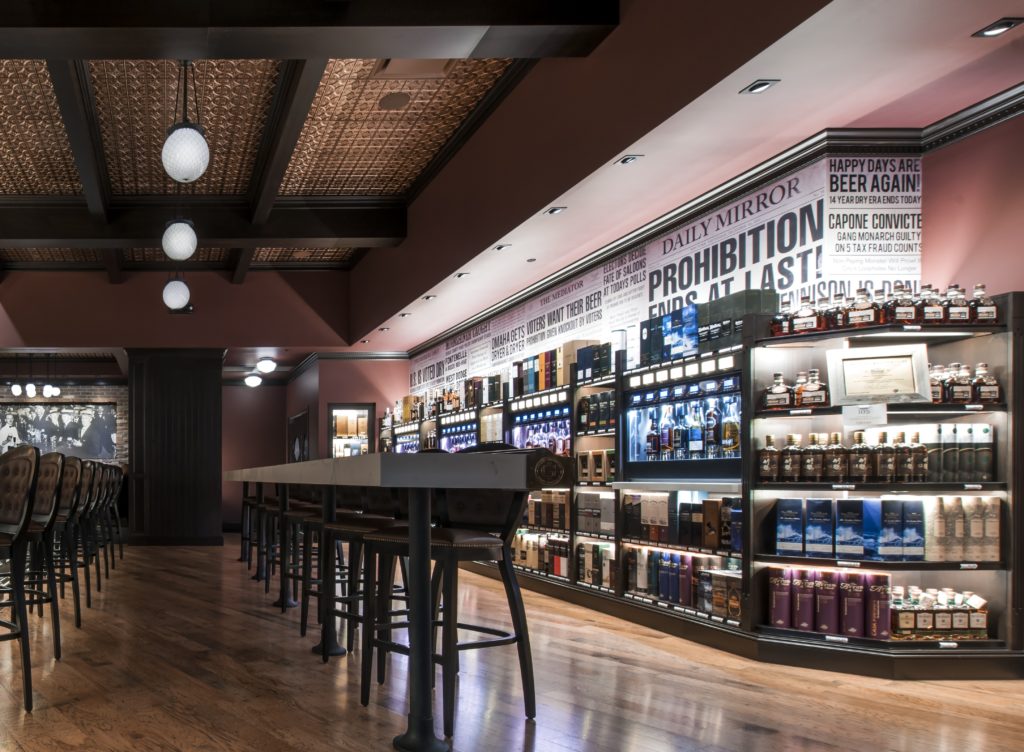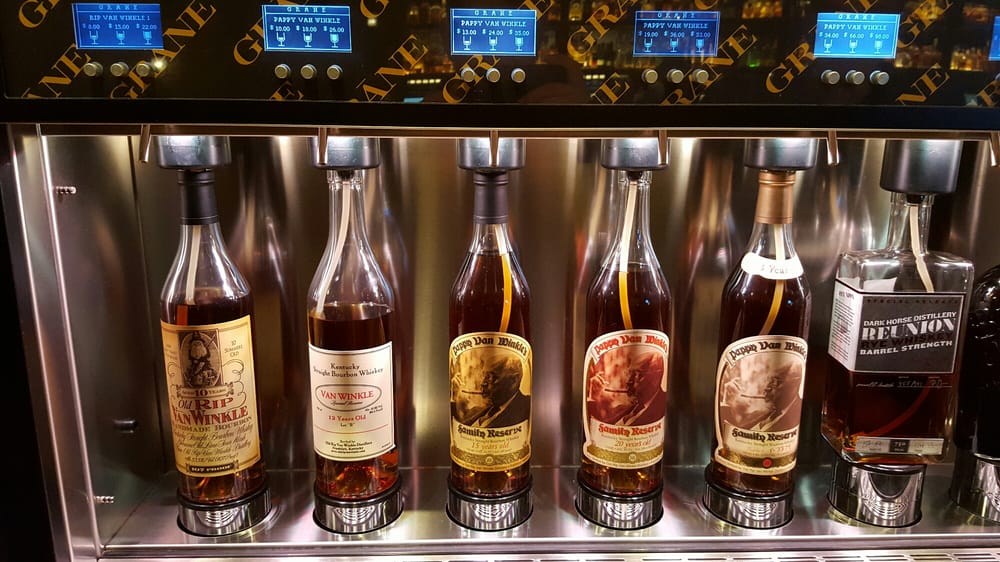
Liquor sales can be a tremendous revenue source, but you must set yourself up for success from the very beginning. Even better, you don't really have to promote every product because bar guests usually know the most popular brands. Most already have a good idea of what type of liquors and cocktails they like to drink, the younger crowd being a major exception. Nevertheless, it's too easy to fall behind if you don't take the right approach.
Selling liquor may be a great opportunity, but it’s also fraught with potential pitfalls, unforeseen setbacks, and periods when you’re not moving as much product as you’d like. During those downtimes, having a sound strategy will get you through, so with that in mind, here’s our expert guide on how to boost liquor sales, with actionable tips you can try today.
Think about the bar business this way. You have a product that basically sells itself. There's a wide variety of options, and people are already familiar with their favorites. Not many types of businesses can say the same. Some people discover their favorite cocktail and order nothing else unless they feel adventurous. So, why do bars lose money if it's such a slam dunk? The answer boils down to three mistakes that every new bar makes:
Let’s go into more detail to show you what we mean.
Here's a fact of the bar business that no one ever talks about: all bartenders overpour just a little bit, all of them, even the best in the world! But why? The truth is that it requires an incredible amount of skill, talent, and practice to pour 1.25 oz. of liquor accurately and do it repeatedly too. Some world-class bartenders practice making cocktails at speed without overpouring, and it’s a sight to see in person.
For the most part, bartenders will vary in how much they pour per drink, so if you're losing a fraction of an ounce every pour, it'll eventually add up to an entire bottle "spilled" because someone wasn't careful about how much liquor they serve. It's the stereotypical death of a thousand cuts because you don't notice it until your inventory costs don't coincide with sales numbers or you're ordering stock twice a week. But that's a whole other problem than shrinkage, which we'll go over now to explain the distinction.
In the retail industry, minimizing shrink is a fact of life; it's the bane of your profitability in the bar business. Yes, liquor shrink directly relates to overpouring, but it goes deeper than that. Shrink is an indication that your servers and bartenders may not be charging guests for every drink. It’s not a guarantee because liquor stock can diminish in other ways, but it is something to keep in mind. The shrinkage can also include broken bottles or spilling drinks accidentally.
Every drop of liquor counts, and you won't really notice the shrink unless you have a way to control stock tightly. Another source of shrink is not accounting for the varying amounts of liqueurs and cordials that a bartender might use for a tropical cocktail or a creatively flavored martini. You might notice no charges for top-shelf items like Gran Marnier or Chambord in your POS system of choice, but the bottles are empty nonetheless. At worst, liquor bottles could get stolen, and you profit nothing, which brings us to the severe issue of lackluster staff training.
In a perfect world, all of your front-of-the-house staff would have years of experience serving guests in a high-volume setting and show a track record for excellent service. The problem is that those talented service industry employees won't work for a new bar unless you give them reasons to come onboard. So, starting out, you'll most likely begin with a staff with little experience, if any, but think of it as an opportunity to shape the team in your image with excellent training.
Your staff has to understand that you know about overpouring, shrinkage and that you’ll keep an eye on inventory down to the last drop. If they have a problem with that tight approach, they’re not ideal for your team because you want workers that genuinely take pride in the bar business.
The service industry is certainly not for everyone, and it takes an extraordinary personality to succeed at a high volume bar when things get chaotic, raucous, and you need steady hands to keep everything orderly. A good analogy is how a duck glides and darts across a pond, seemingly without effort, but those webbed feet are pumping fast underneath the water. A great bar is the same way. Everything looks smooth to the guest, but everyone is pulling together behind the scenes to provide them with a great experience.

As you can see, all of the top three problems are solvable. You can overcome them, but to maximize liquor profits, you need to adopt a sound business strategy – and stay committed to it for the long haul. The idea is to prime the pump and position yourself for success at volume because a bar with a great reputation can surge in a matter of weeks. When that happens, you want to be ready and prepare your staff ahead of time by training them on the right sales techniques.
Otherwise, you'll be a victim of your own success and miss out on the chance to grow your clientele and, ultimately, the brand too. Not every service industry employee is a natural salesman and marketer, although the most talented have an instinct for both. Remember that your staff will own the point of sales. They're the ones who will look guests in the eyes, smile, and hopefully, remember their names if they've already come in multiple times. That's why your plan should revolve around the following easy-to-execute trade secrets:
Let's go through each one to give you a few insider tips on why this three-part strategy works every time, as long as you genuinely commit to executing it every day.
If your guests don't know you have a new, locally-distilled whiskey in stock, how do you plan to sell it? Will you display the bottle upfront and advertise it, or will you delegate sales to the front-of-the-house? As we said at the beginning of this post, most adults already know what they like to drink, and they won't deviate unless you give them an alternative. Everyone gets bored with their long-time favorites, so they'll most likely try the new liquor for the entertainment value alone if you give them premium options.
Another upsell opportunity is when a guest orders Scotch, which should automatically trigger an alarm bell in your head: This person knows premium liquor and is likely to branch out. If they don’t mind drinking your house selection, why not ask if they’d like to try a single malt this time around? Or, if they’re already ordering a top-shelf Scotch, why not remind them you have comparable premium liquors too? In both of these situations, successful upselling requires reading the guest to see those opportunities and jump on them because they’re fleeting.

We already touched upon inventory tracking, so let’s go into more details. Here’s how it goes in a typical bar when the time comes to take inventory. You pull all the liquor bottles off the shelf, including the back stock, and count how many servings remain in each bottle. You hold it up to the light, concentrate, and guess whether the bottle is technically ⅓ full or ¼ full. But the truth is that liquor bottles come in different shapes and sizes with quirky necks or bulbous, awkward bases. They look great high on the shelf, yes, but when it comes to tracking inventory, it’s a nightmare if you’re trying to be as accurate as possible.
No matter how careful you are, that's the least efficient way to do it, and that's a significant part of why sales figures may not coincide with the stock count. An educated, careful guess is still a guess nonetheless. The problem could be even worse if two different managers share inventory duties. In this case, the numbers really won't add up, so inventory tracking directly relates to our next topic: controlling liquor costs.
Think of liquor costs as the culmination of everything we’ve talked about so far, but there’s a trade secret we’d like to share. The secret to controlling liquor costs is to inform your staff that you will do so – and take it seriously every day. If you hired a talented staff, that alone should minimize overpouring and shrinkage, tighten inventory tracking, and set the stage for efficient upselling.
The long-time rule of thumb in the bar business is that you should get anywhere between 15-20 "shots'' per bottle, but how do you account for servings that aren't 1.25 oz. shots? Triple sec and cordials are prime examples because you'll almost never pour a single shot of triple sec. Still, since it's a widely used cocktail ingredient, the liquor will gradually disappear either way.
Having said that, what’s the best way to combine everything we’ve discussed so far? The answer is to take advantage of a liquor dispensing system that’s effective, easy to use, and sophisticated enough to connect with today’s cloud-based POS software. Without a doubt, a high-profit liquor dispenser is worth the time it takes to bring the new system up to speed.
The WineEmotion Bartender series gives you the opportunity to finally gain control over inventory to increase sales while making it easier for the front-of-the-house staff to work their magic with guests. Not so long ago, plenty of businesses didn’t think investing in bar technology would pay dividends, but today, the outcome is clear: liquor profits increase when you use dispensing technology, especially when it comes to premium liquors.

Any liquor stock can go catawampus if you're not careful, but you can make the most headway if you use a liquor dispensing system for top-shelf Whiskey, Bourbon, and Scotch – three of the most expensive liquors you'll sell. As such, every drop counts towards profitability, and here's what else you'll gain:
As you can see, no other dispenser affords these benefits in a single system.
Reach out to us if you’d like to learn the technical specifications and see what else the WineEmotion Bartender liquor dispenser can do for your new bar.
